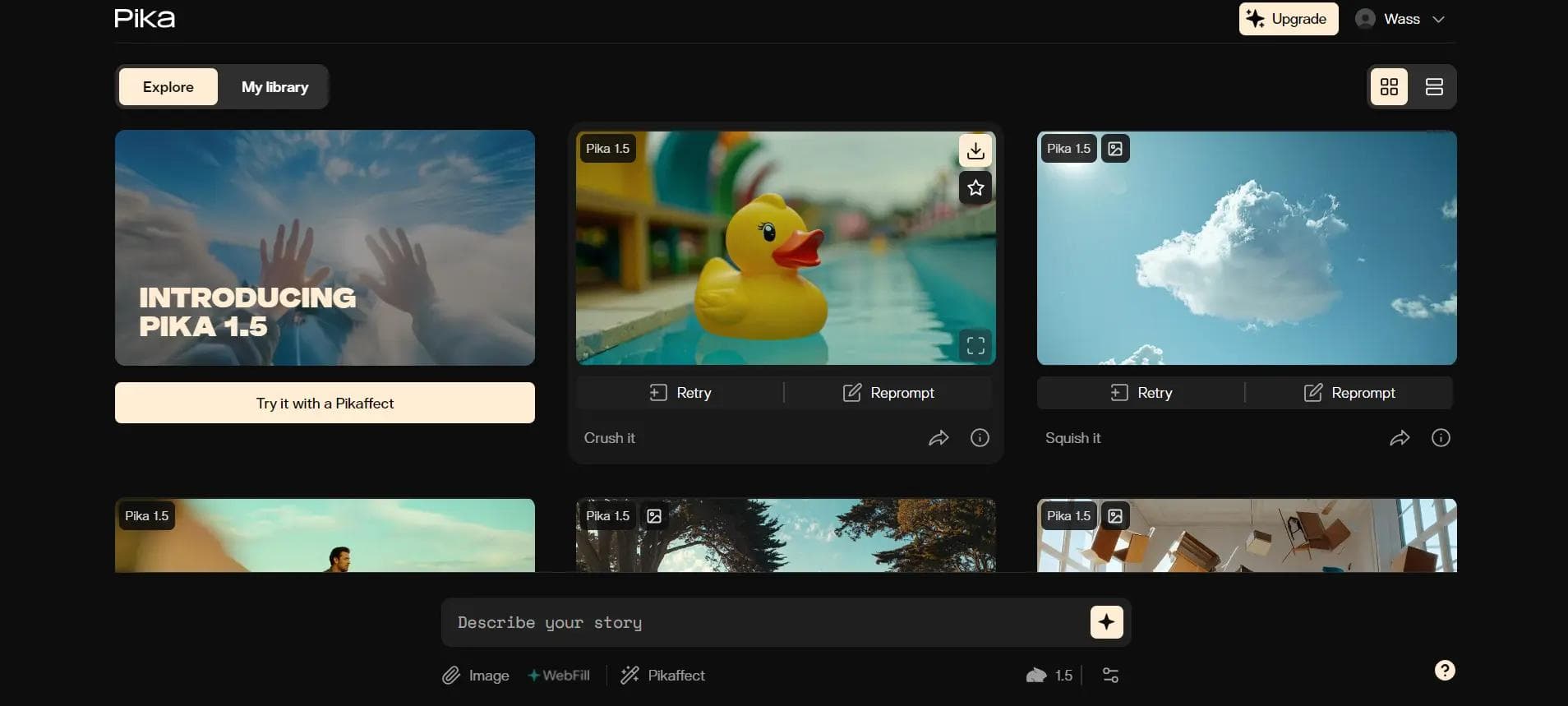November 5, 2024|8 min reading
How Quiet Quitting is Shaping Employee Engagement in 2025

Quiet quitting has become a significant factor in workplace dynamics, evolving further in 2025 as more employees focus on setting boundaries at work. This trend involves doing only the necessary tasks within a role while refraining from extra responsibilities or unpaid overtime. As quiet quitting reshapes employee engagement, it’s essential for organizations to understand its root causes and adopt strategies to re-engage and motivate their workforce.
What is Quiet Quitting, and Why is it Thriving in 2025?
Quiet quitting doesn’t mean employees are walking out on their jobs. Instead, it describes a shift where individuals choose to meet only the minimum expectations without taking on additional tasks. As remote and hybrid work environments have grown, many employees are re-evaluating their work-life balance and resisting the pressure to “go above and beyond” without proper recognition or reward. This new work mindset has made quiet quitting a lasting trend in 2025.
Why is Quiet Quitting a Crucial Concern for Today’s Workplaces?
In 2025, many roles depend on collaboration and discretionary effort. When employees limit their engagement to basic requirements, team cohesion and productivity can suffer. Organizations are increasingly realizing that quiet quitting is a signal to reassess how they engage, support, and reward their employees.
Top Insights on Quiet Quitting and Its Impact in 2025
Research continues to shed light on the widespread impact of quiet quitting:
- Nearly 50% of U.S. employees identify with quiet quitting, indicating a preference for work-life balance and well-defined boundaries.
- Only 32% of the workforce is fully engaged, suggesting that more than half of employees may be less committed to their roles.
- 18% are actively disengaged, meaning they may be affecting team morale and contributing to a more challenging work environment.
These statistics highlight the urgent need for organizations to take proactive steps in re-engaging employees and preventing further disengagement.
Who is Most Likely to Engage in Quiet Quitting in 2025?
Certain demographics are more prone to quiet quitting, often due to changing attitudes about work and personal fulfillment:
- Younger Generations: Millennials and Gen Z, particularly those under 35, are prioritizing work-life balance and gravitating toward roles that offer flexibility and respect their boundaries.
- Remote and Hybrid Workers: Employees in remote or hybrid roles often feel isolated from company culture, leading to disengagement and a lack of motivation to go beyond core tasks.
What Drives Quiet Quitting? Exploring the Key Factors
Several factors have fueled the rise of quiet quitting, especially as workplace expectations have evolved post-pandemic:
- Unclear Job Expectations: When employees aren’t clear on what’s expected, they may choose to stick to their core tasks.
- Limited Growth Opportunities: A lack of career progression or skill development options can lead employees to disengage.
- Weak Connection to Company Mission: Employees who feel detached from an organization’s purpose or values are less likely to contribute beyond the minimum requirements.
Understanding these drivers is essential for addressing quiet quitting effectively and creating a more engaging workplace.
How Management Can Influence Quiet Quitting
Studies suggest that poor management practices are a primary cause of quiet quitting. In fact, only one in three managers report high engagement themselves, which can have a trickle-down effect on their teams. Without motivated leaders, employees are less likely to feel inspired or supported, contributing to a culture where quiet quitting is more likely to take hold.
Strategies to Combat Quiet Quitting and Boost Engagement in 2025
To counteract quiet quitting, organizations need to implement practical, targeted strategies that foster stronger connections and more fulfilling work experiences. Here are some key approaches:
1. Prepare Managers for Success in Hybrid Environments
With remote and hybrid work setups still prominent in 2025, equipping managers to lead effectively in these environments is essential. Providing leadership training and resources can help managers build rapport, establish trust, and support their teams more effectively.
2. Schedule Regular One-on-One Check-Ins
Weekly or bi-weekly check-ins between managers and team members allow employees to share concerns, discuss goals, and feel more connected. These brief, consistent touchpoints can help employees feel valued and understood, reducing the appeal of quiet quitting.
3. Set Clear, Measurable Expectations
Employees are more likely to stay engaged when they understand their goals and feel accountable for their performance. By setting clear, measurable objectives, managers can help employees stay focused and committed.
4. Highlight the Connection Between Roles and the Bigger Picture
When employees see how their work contributes to broader company goals, they’re more likely to feel motivated and engaged. Recognizing achievements and reinforcing the importance of each role can inspire employees to go beyond the basics.
5. Foster a Workplace Culture That Prioritizes Belonging and Engagement
Building a positive workplace culture helps employees feel a sense of belonging. Organizations that foster teamwork, celebrate successes, and encourage open communication create environments where employees are less likely to disengage.
FAQs
Is quiet quitting a sign of poor performance or laziness?
Not necessarily. Quiet quitting is often about setting boundaries and maintaining balance, rather than a lack of effort. It reflects a desire for fair recognition and workload balance.
Can quiet quitting impact long-term career growth?
Potentially, yes. While quiet quitting can help maintain work-life balance, it may limit access to new opportunities and skill development over time.
How can managers address quiet quitting on their teams?
Managers should begin by fostering open communication, understanding employee concerns, and creating a more supportive and engaging work environment.
Does remote work contribute to quiet quitting?
Yes, remote work can lead to feelings of isolation, making employees more likely to disengage if they don’t feel supported and connected.
What are effective tools to support engagement?
Platforms like Slack, Microsoft Teams, and Asana facilitate team communication, project management, and collaboration, helping keep remote teams engaged and connected.
What if employees feel their manager isn’t supportive?
Employees who feel unsupported should reach out to HR to discuss their concerns and seek guidance on how to improve their work experience.
Conclusion: Shifting Engagement Strategies to Address Quiet Quitting in 2025
Quiet quitting in 2025 is more than a trend; it reflects a fundamental shift in employee expectations around work-life balance and engagement. By focusing on effective management, clear communication, and creating growth opportunities, organizations can proactively address quiet quitting, building workplaces where employees feel valued, connected, and motivated.
An engaged workforce is not only more productive but also contributes to a more positive, innovative company culture. Addressing quiet quitting thoughtfully ensures companies can build and maintain teams that are truly committed to their work and aligned with company goals.
Explore more

Top 10 Essential Productivity Tools for Busy Professionals in 2025
Discover the top 10 productivity tools in 2025, including AI-powered automation and project management apps, to enhance ...

How AI is Revolutionizing Remote Workforce Management
Discover how AI is transforming remote workforce management, enhancing productivity, collaboration, and communication fo...

Pika 1.5 Review: The Ultimate AI-Driven Video Editing & Special Effects Tool for Creators
Explore the Pika 1.5 review for creative professionals. Discover its AI-assisted editing features, pros, and cons in thi...
